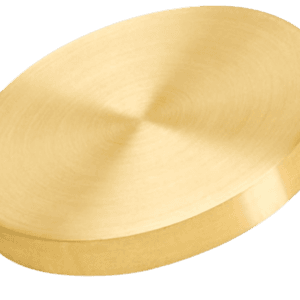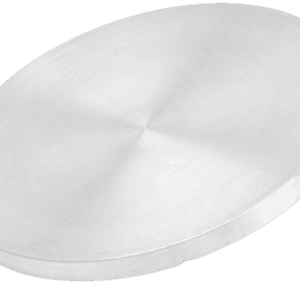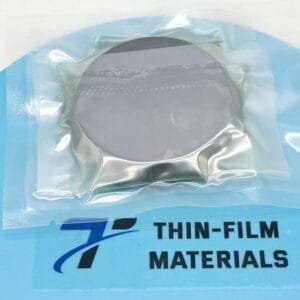Lithium Zinc Oxide Sputtering Target Description
The Lithium Zinc Oxide Sputtering Target is a specialized material used in sputtering, a technique for thin film deposition in various fields, including electronics, optics, and coatings.
This sputtering target is composed of lithium zinc oxide (LiZnO), a compound of lithium (Li), zinc (Zn), and oxygen (O). It is typically manufactured as a high-purity, solid disc-shaped material.
In the sputtering process, a high-energy plasma is generated within a vacuum chamber. Ions in the plasma bombard the target, causing atoms from the lithium zinc oxide to be ejected. These sputtered atoms then deposit onto a substrate, forming a thin film coating.
Related Product: Lithium Sputtering Target, Indium Zinc Oxide Sputtering Target
Lithium Zinc Oxide Sputtering Target Specifications
| Compound Formula | Li:ZnO |
| Molecular Weight | 88.33 |
| Appearance | White Target |
| Density | 4.59 g/cm3 |
| Available Sizes | Dia.: 1.0″, 2.0″, 3.0″, 4.0″, 5.0″, 6.0″ Thick: 0.125″, 0.250″ |
Lithium Zinc Oxide Sputtering Target Handling Notes
Indium bonding is recommended for Lithium Zinc Oxide Sputtering Targets because of the material’s properties that can complicate sputtering, such as its brittleness and low thermal conductivity. The low thermal conductivity makes it prone to thermal shock, so indium bonding helps improve the target’s stability and performance during the sputtering process.
Lithium Zinc Oxide Sputtering Target Application
- Solar Panels: Used as conductive layers in photovoltaic cells to improve efficiency.
- Gas Sensors: Provides transparent, conductive layers for detecting and measuring gases.
- Electrochromic Devices: Enables color change in devices such as smart windows and displays.
- Photoelectrochemical Water Splitting: Facilitates water splitting for hydrogen production.
- Anti-Reflection Coatings: Reduces glare and improves light transmission in optical devices.
- Flexible Electronics: Provides conductivity in bendable and flexible electronic devices.
Lithium Zinc Oxide Sputtering Target Packaging
We meticulously handle our Lithium Zinc Oxide Sputtering Targets during storage and transportation to ensure that they retain their quality and remain in their original condition.





Reviews
There are no reviews yet.